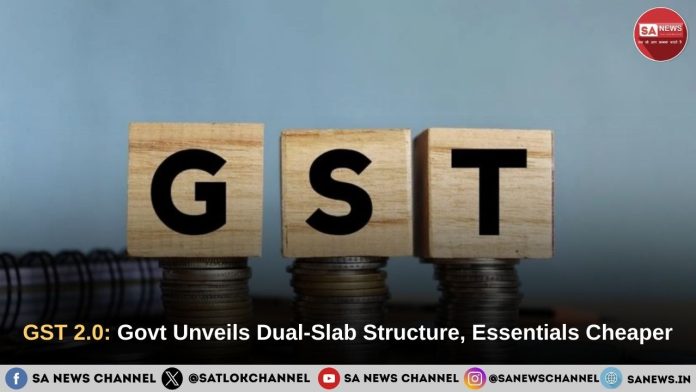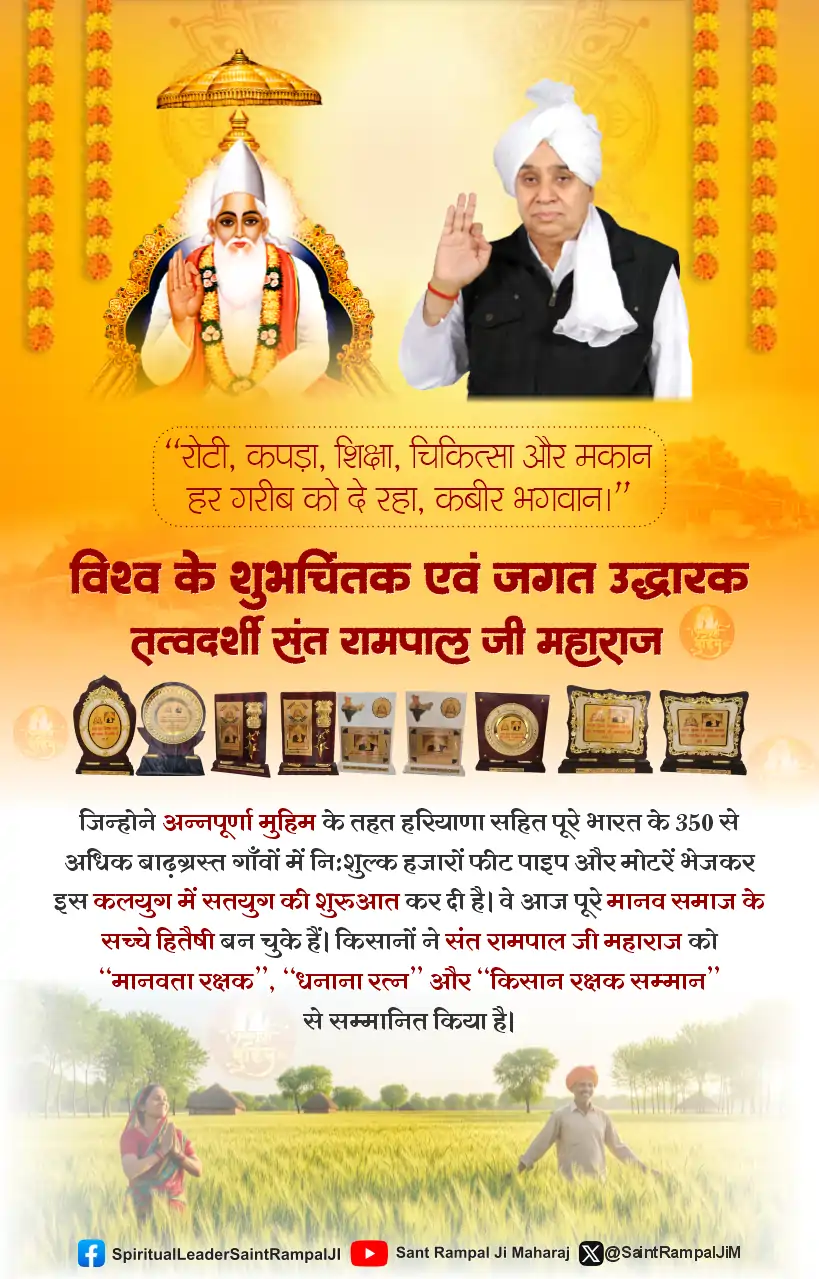GST Reform 2025: The Goods and Services Tax (GST) in India has undergone a significant transformation following the 56th GST Council meeting on September 3, 2025, chaired by Union Finance Minister Nirmala Sitharaman. The council, comprising representatives from all states and Union Territories, unanimously approved next-generation reforms to simplify the tax structure, reduce burdens on the common man, and address long-standing issues like inverted duty structures.
These changes, set to take effect from September 22, 2025, align with Prime Minister Narendra Modi’s Independence Day promise of GST rationalization, focusing on essentials, MSMEs, and economic growth.
Prime Minister Narendra Modi
Prime Minister Narendra Modi praised the GST Council’s approval of the Next-Generation GST Reforms 2025 on X, noting his August 15 Independence Day promise to ease living costs and boost the economy. He highlighted the benefits for the common man, farmers, MSMEs, middle class, women, and youth.
Simplified Tax Slabs
The existing four-tier GST structure of 5%, 12%, 18%, and 28% has been rationalized into a two-tier system of 5% and 18% for most goods and services. A new 40% slab applies to sin and luxury goods, including mid-size and large cars, motorcycles exceeding 350 cc, aircraft for personal use, helicopters, yachts, and pleasure vessels. Tobacco products, cigarettes, and pan masala retain the 28% rate plus compensation cess until all related loan and interest obligations are cleared, with the Finance Minister authorized to decide the transition date.
What Gets Cheaper Under GST 2.0
GST Reform 2025: The reforms will drastically reduce the tax burden on items of daily use as well as key sectors of the economy. Among the major reliefs:
- Food and Dairy Products: Ultra-high temperature (UHT) milk, paneer, chena, roti, and paratha are now exempt from GST. Butter, ghee, condensed milk, cheese, dry fruits, jams, jellies, ice cream, and biscuits have moved into the 5% slab.
- Everyday Essentials: Shampoo, toothpaste, toothbrushes, hair oil, soaps, talcum powder, feeding bottles, utensils, bicycles, and bamboo furniture will attract only 5% GST, down from 12–18%.
- Agriculture and Fertilisers: Inputs such as sulphuric acid, nitric acid, ammonia, biopesticides, and micronutrients have been reduced to 5%. Farming equipment, including tractors, threshing, and soil-preparation machinery, also fall into the 5% bracket.
- Automobiles: Small cars (petrol engines below 1200cc and diesel engines below 1500cc) and motorcycles up to 350cc will now be taxed at 18% instead of 28%. Electric vehicles (EVs) continue at 5%.
- Construction and Housing: Cement has seen its GST rate cut from 28% to 18%, while other construction inputs move to 5%, reducing costs for real estate and infrastructure projects.
Exemptions and Reductions in Healthcare and Insurance
Life-saving drugs, cancer medicines, and treatments for rare diseases are now at 0% GST. Individual health and life insurance policies, previously at 18%, are fully exempt, enhancing affordability and promoting wider coverage. This move is expected to benefit millions by reducing financial strain on medical expenses.
- Consumer Durables: Entry-level appliances, dishwashers, and small air conditioners will now fall into the 18% category.
- Textiles and Footwear: Mass-market footwear and textiles will now attract only 5% GST, bringing down costs for the middle class.
These sweeping reductions are expected to boost consumption, ease living costs, and give momentum to domestic demand ahead of the festive season.
What Gets Costlier
While the reforms bring widespread relief, certain goods and services have been placed under tighter taxation to balance revenue needs:
- Sin and Luxury Goods: Cigarettes, gutkha, pan masala, chewing tobacco, and bidi will continue under existing high GST plus compensation cess until dues are cleared, after which they will shift to the 40% slab.
- Carbonated and Sugary Beverages: Soft drinks, colas, energy drinks, and fruit-based aerated beverages will now be taxed at 40%, up from 28%.
- High-End Automobiles: Cars with large engines (petrol above 1200cc, diesel above 1500cc, and longer than 4,000 mm), luxury motorcycles above 350cc, racing cars, yachts, and personal-use aircraft are now taxed at 40%.
- Coal: A significant change sees coal’s GST rate increased from 5% to 18%, raising costs for coal-based industries.
- Restaurants and Lottery Services: Certain restaurants operating within specified premises will no longer be eligible for the 18% with input tax credit option. Lottery and intermediary services will also face tightened rules.
Impact on Households and MSMEs
The government has emphasised that GST 2.0 is primarily designed to ease the burden on the common man. With reduced taxes on essentials, groceries, medicines, and insurance, households are expected to see a substantial decline in monthly expenses. MSMEs and small traders will benefit from simplified compliance, lower input costs, and higher demand as consumers experience greater purchasing power.
Farmers and the agriculture sector, highlighted as key beneficiaries, will see reduced costs on equipment and crop nutrients, directly improving productivity and profitability.
Drones Get Cheaper While Premium Airfares Climb
The GST Council, at its 56th meeting, unveiled tax reforms under the “GST 2.0” framework on September 4, 2025: unmanned aircraft (drones) now attract just 5% GST, down from the earlier 28%/18%, and both flight and target motion simulators—vital tools for pilot training—have been exempted from IGST, significantly easing costs for producers and training institutions . Meanwhile, luxury air travel isn’t as fortunate—GST on non-economy class (premium) flight tickets has been raised from 12% to 18%, a hike airlines are likely to pass on to passengers .
States’ Concerns and Federal Support
Although the reforms were passed unanimously, some states raised concerns over potential revenue losses. Opposition-ruled states such as Kerala and Jammu & Kashmir sought compensation to offset shortfalls, while citing economic pressures like tourism slowdowns and fiscal crises.
Also Read: GST Council Meeting 2025: 56th Session in New Delhi to Discuss Major Tax Reforms
On the other hand, BJP-ruled states and NDA allies strongly supported the changes. Leaders from Assam and Andhra Pradesh called the reforms a “pro-people move” and backed the Centre’s proposal in the spirit of cooperative federalism.
Expert Reactions
Tax experts and industry leaders have largely welcomed the move, calling it both “timely and ambitious.”
- Saurabh Agarwal, EY India: “While lower rates will boost consumption and simplify compliance, businesses must prepare for practical adjustments like MRP re-fixation and inventory management.”
- Pratik Jain, PwC India: “The timing couldn’t be better rolling out before the festive season ensures consumers directly benefit, spurring economic activity. It’s indeed a Diwali gift for the common man.”
Experts, however, cautioned that the government must remain vigilant about revenue leakages and ensure smooth implementation of the dual-slab system.
Confederation of Indian Industry (CII)
The CII welcomed the GST Reforms 2025, applauding the 5% and 18% slabs for boosting consumption, supporting MSMEs, and enhancing manufacturing competitiveness, as announced post the September 03 council meeting.
P Chidambaram, Former Finance Minister
Former Finance Minister P Chidambaram acknowledged the GST rate cuts but called the reforms “eight years too late,” expressing concern over the Rs 48,000 crore revenue hit and urging clarity on fiscal adjustments, as stated on September 03, 2025.
Administrative and Structural Reforms
Beyond rate cuts, the GST Council has also pushed through structural improvements:
- Addressing inverted duty structures and classification issues.
- Simplifying processes for registration, return filing, and refunds.
- Operationalising the GST Appellate Tribunal, with appeals expected to begin by December.
- Shifting valuation of certain high-tax items like tobacco from transaction value to retail sale price to ensure compliance.
These measures aim to bring predictability and stability to the tax regime while reducing disputes and litigation.
A Defining Phase for India’s GST Journey
The approval of GST 2.0 marks a turning point in India’s indirect tax history. By slashing rates on essential goods, agriculture, and healthcare, while tightening rules on luxury and sin goods, the government has attempted to balance affordability with fiscal responsibility.
For households, it means lighter monthly budgets. For MSMEs and farmers, it brings cost savings and a competitive edge. For the broader economy, it promises a demand boost at a time when exports face global headwinds. As the reforms roll out from September 22, the true test will lie in execution and the ability of businesses to pass on benefits swiftly to consumers.
Spiritual Perspective with the Unique Knowledge of Sant Rampal Ji Maharaj Ji
While GST 2.0 aims to bring economic balance by reducing disputes and ensuring fair taxation, true balance in life comes only through spiritual wisdom. Tatvdarshi Sant Rampal Ji Maharaj Ji explains that just as reforms are necessary in governance to remove corruption and confusion, reforms in our spiritual life are essential to remove ignorance and unnecessary rituals. His teachings, based on our holy scriptures, guide people toward true devotion (Bhakti) that brings peace, health, and prosperity beyond material gains.
By following the spiritual path shown by Sant Rampal Ji Maharaj Ji, one can experience freedom from life’s burdens, addictions, and stress leading to a society that prospers not only economically but also morally and spiritually.
For deeper insights into His knowledge, visit: www.jagatgururampalji.org
FAQs on GST Reform 2025
GST 2.0 is the revamped version of India’s Goods and Services Tax framework aimed at simplifying compliance, broadening tax slabs, reducing disputes, and ensuring fair revenue distribution between the Centre and states.
Essential goods like garments, footwear, mobiles, tablets, and certain household items will attract lower tax rates. Many packaged food products and consumer durables will also become more affordable.
Sin goods such as pan masala, gutkha, cigarettes, and aerated sugary drinks will now face higher slabs, moving up to 40%. Coal has also shifted from 5% to 18%, impacting power and allied industries.
The government has introduced a streamlined appeal process, reduced litigation, and shifted valuation methods for select items like tobacco from transaction value to retail sale price, ensuring stricter compliance.
An estimated Rs 48,000 crore, but expected to be offset by higher consumption and better compliance.




